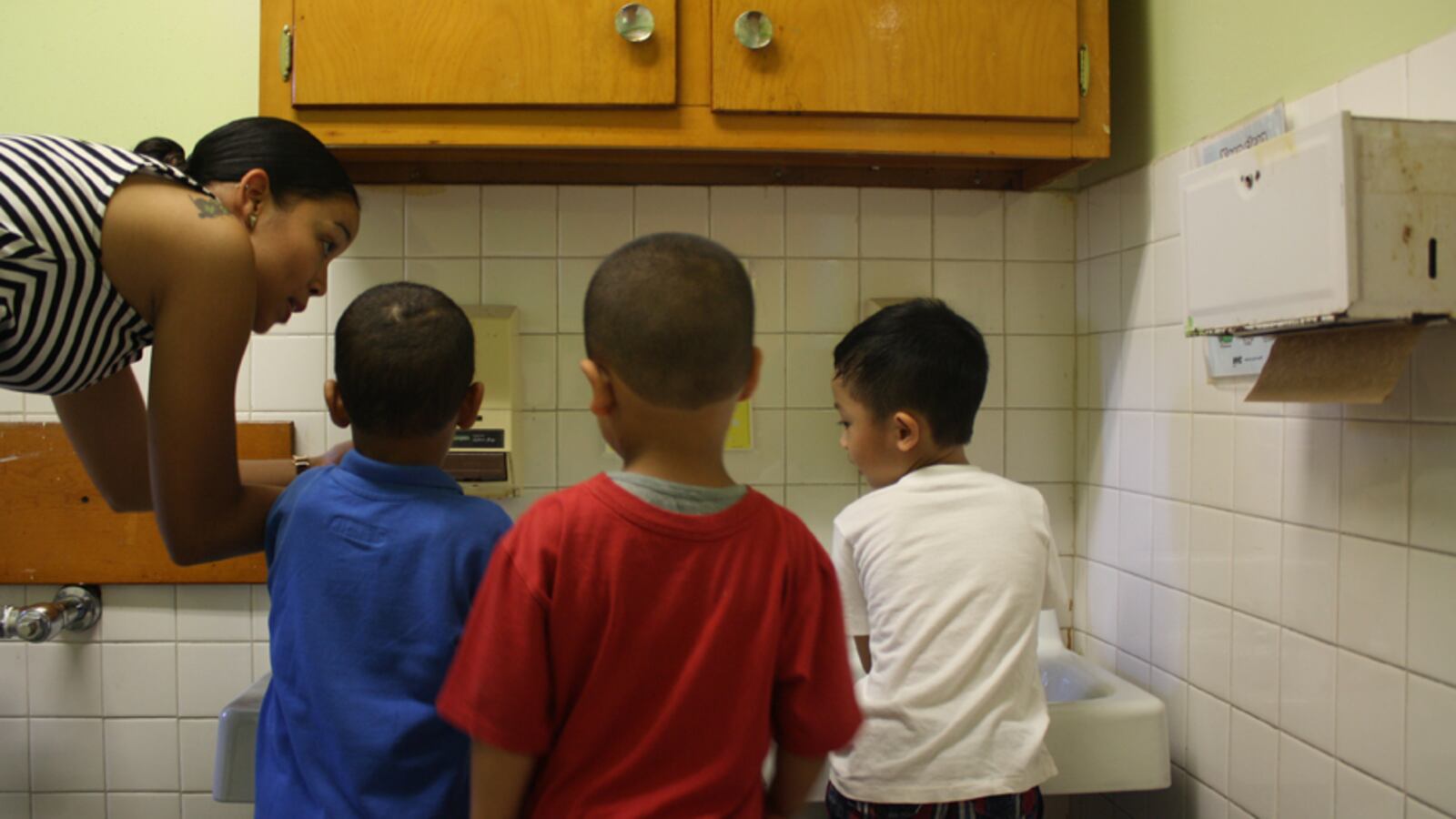As the city has expanded its universal pre-kindergarten program, a question has followed: Have seats been created where they’re needed most?
A Tuesday report from a California researcher attempts to answer that question, and his answer is drawing criticism from the city. Bruce Fuller from the University of California, Berkeley, analyzed city data and concluded that wealthier neighborhoods benefited from pre-K expansion efforts more than poorer ones.
Pointing to increases in new, full-day pre-K seats between 2013 and 2014, Fuller — who has written a book arguing that universal pre-K is misguided because it does not focus only on poor children — found that the 35 ZIP codes with the lowest median income also saw the lowest rate of increase in new pre-K seats. The neighborhoods with wealthier families, he said, disproportionately benefited.
“We are not arguing that these [families] are the top 1 percent,” Fuller said. “These are not wealthy families, they are middle class trying to make ends meet. But they benefited from the biggest growth.”
City officials rejected the findings, noting that seats in low-income neighborhoods were funded by the city before this year’s expansion. While lower-income neighborhoods may have seen less of a percentage increase in seats, the sheer number of new seats created in low-income areas offer a different picture. For example, 3,293 seats were added to the city’s 10 poorest ZIP codes, while 288 were added to the 10 wealthiest.
“This study is based on errors and false assumptions that no New Yorker or early education expert would ever make,” said Wiley Norvell, a City Hall spokesperson. “The real challenge in our first year has been boosting the number of seats in many middle-class neighborhoods — where district schools are at capacity and community-based centers are few.”
Fuller’s broader view — that pre-K should be focused on the poorest children who, research shows, will benefit most from it, and public resources shouldn’t be used to provide it to children who need it much less — differs from the mayor’s goal of providing quality pre-K for all children.
In the first year of its two-year expansion, the city now provides full-day pre-K to nearly 53,000 children, up from about 20,000 last year. Next year, the city plans to expand the program to over 70,000 four-year olds.
Moria Cappio, who runs early childhood programs at the Children’s Aid Society, has seen a big push from the city in poorer neighborhoods where the Aid Society works, including the South Bronx, Harlem, Washington Heights, and northern Staten Island. The organization has added 210 new universal pre-K seats this year.
“The DOE has been incredibly focused on the rollouts in neighborhoods who need it,” Cappio said about the city’s recruitment efforts for families. “You could have gone to any park or bodega or bus terminal, you would be inundated with flyers and people. They were just out there, seven days a week.”

